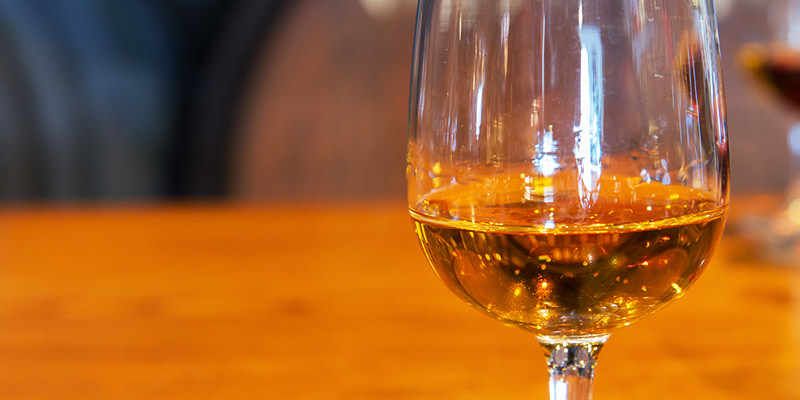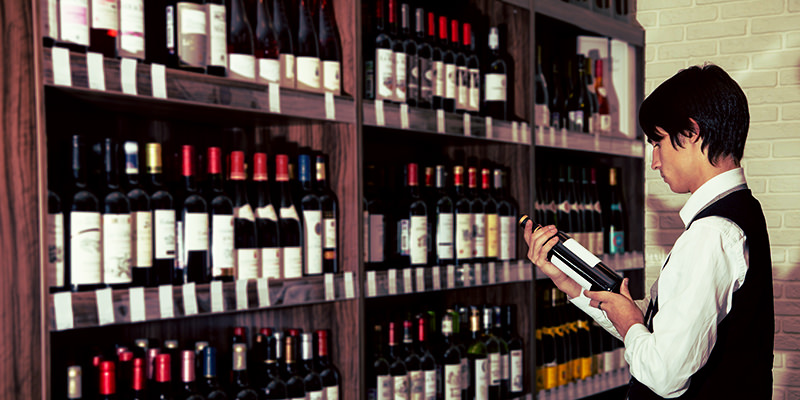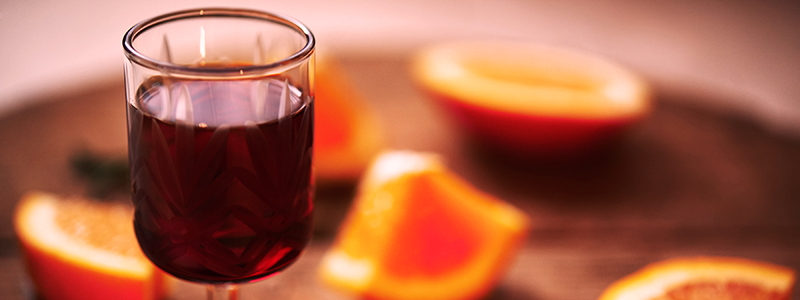Whether you love or hate the world’s most famous fortified wine, Port is more than just a sugary red responsible for epic hangovers. Its homeland was the world’s first official wine region, and the strict classifications imposed on it by early British lushes inspired regions across Europe to enact rules of their own — crushing the business of wine fraudsters and, more importantly, creating the idea of regional wine “styles” that we know and love today. This idea of typicity dominates how we explore and shop for wine whether you’re aiming to impress or looking for a cheap party bottle at Trader Joe’s, and we’ve all got Port to thank.
It all began with the British, and their dual love of colonization and reliable booze. With their stashes of Claret wine at stake due to a war with France in the early 1700s, the Brits sought a replacement, and discovered the fortified wines of the Douro Valley — a dry region in northeastern Portugal. Not only were these sweet reds highly alcoholic, but they were also extremely stable, unlike table wines which spoiled easily without temperature control.
As the popularity of early Ports and demand for them grew, buyers began looking beyond brand names for indicators of quality and style. Up to this point, the only information the buyer had was the name of who made the wine, but they weren’t ever really sure of the quality or age of the wine inside the bottle — not to mention where it was made. By 1765, responding to this frustration, the Douro was divided into three regions based on elevation, climate and soil type.
Production regulations were then introduced to further bring order to the madness. Port styles were officially labeled so consumers knew the exact type of Port they were procuring, without having to open the bottle. A Ruby Port became a young wine which features a deep shade of ruby and was the least expensive style. Tawny was the step above, similar to Ruby, but aged longer, thus removing that striking ruby color in exchange for a rich amber – it’s common with Tawny Port for the years aged to also be labeled prominently. Finally, wines labeled as White Port included their sweetness level on the label. Much drinker confusion was eased.

Fast forward 100 years — the United States became a country, Port’s popularity continued to expand and France was back on its feet post Napoleon. All of this led Bordeaux, another wine region popular with England’s Downton Abbey-esque elite, to follow Port’s lead and create guidelines to categorize their finest wines. Soon, with advances in winemaking and transportation, the practice of governing wine regions as Port had done 100 years earlier became the norm.
These regulations went beyond drawing new maps of Europe, they invented and propagated the concept of regional wine styles: Port is sweet; Bordeaux is full-bodied; Prosecco is always bubbly. Certain locales, like the Mosel area of Germany, even require their wines to be tasted by a panel of experts each year prior to labeling.

So when you enter 99% of wine shops, you can thank Port for their regional organization. Whether you’re shopping at Trader Joe’s, Sherry Lehmann, or the latest natural wine pop-up, stores are generally divided by “Old” and “New” world sections, and then further by country and locality. The idea is that wines from a certain region should be inherently similar — thanks to similar grapes and similar soils — and the legal boundaries instituted across the globe enforce this similarity.
Thanks to Port’s worldwide influence on labeling and production regulations, if you’re standing in the Burgundy wine section, you know the red wine inside those bottles contains 100% Pinot Noir. Enjoy a few selections from here, and then maybe you’ll head to where the Oregon bottles are stored to sample their Pinots as well. Before you know it you’ll be exploring the wonderful world of Pinot across the world, all thanks to the labeling regulations first put in place by Port.
So whether or not this sweet dessert wine suits your tastes, give it your respect, because if it weren’t for Port it might be a lot more difficult to know what wine is actually inside the bottle.

